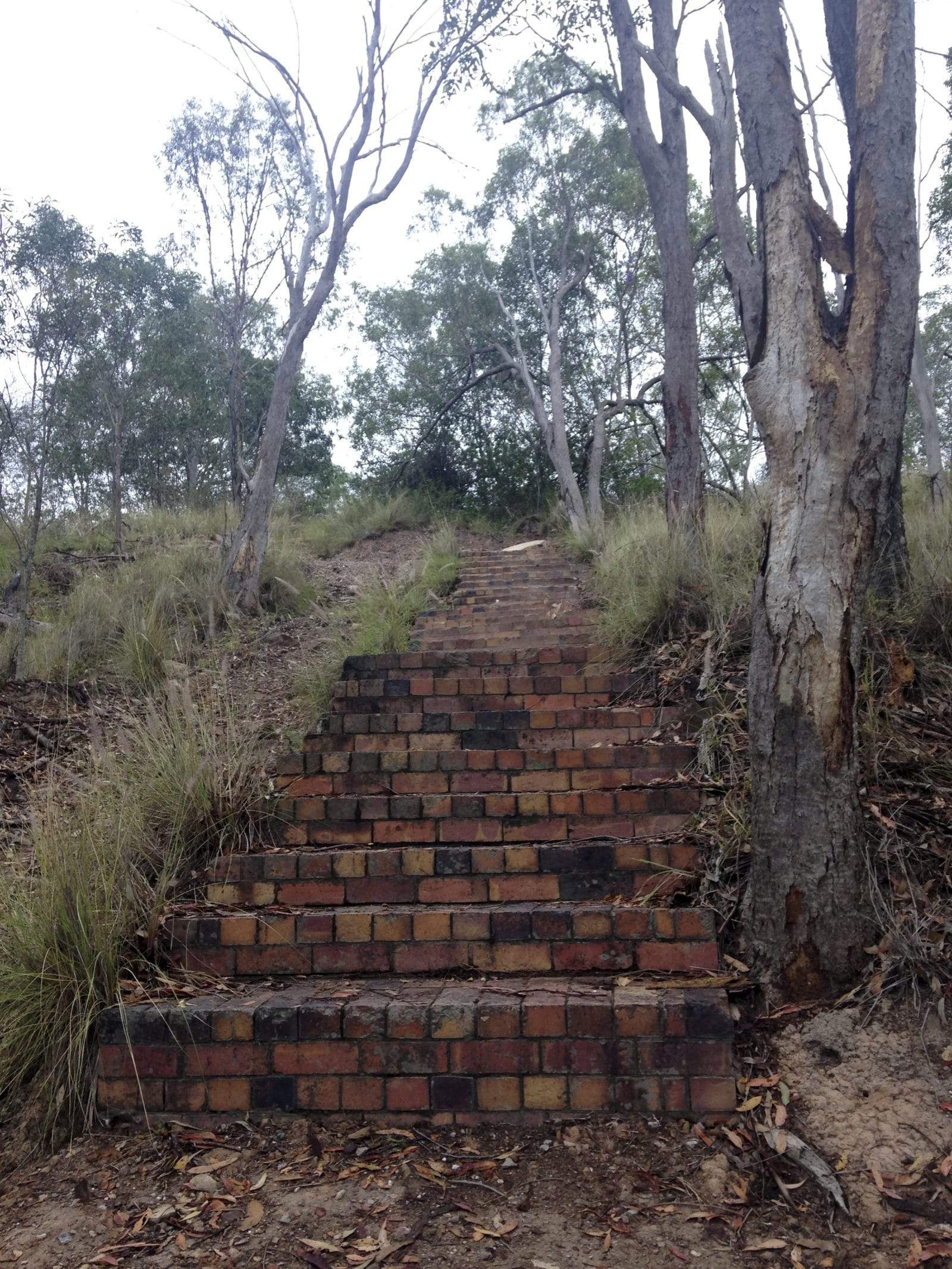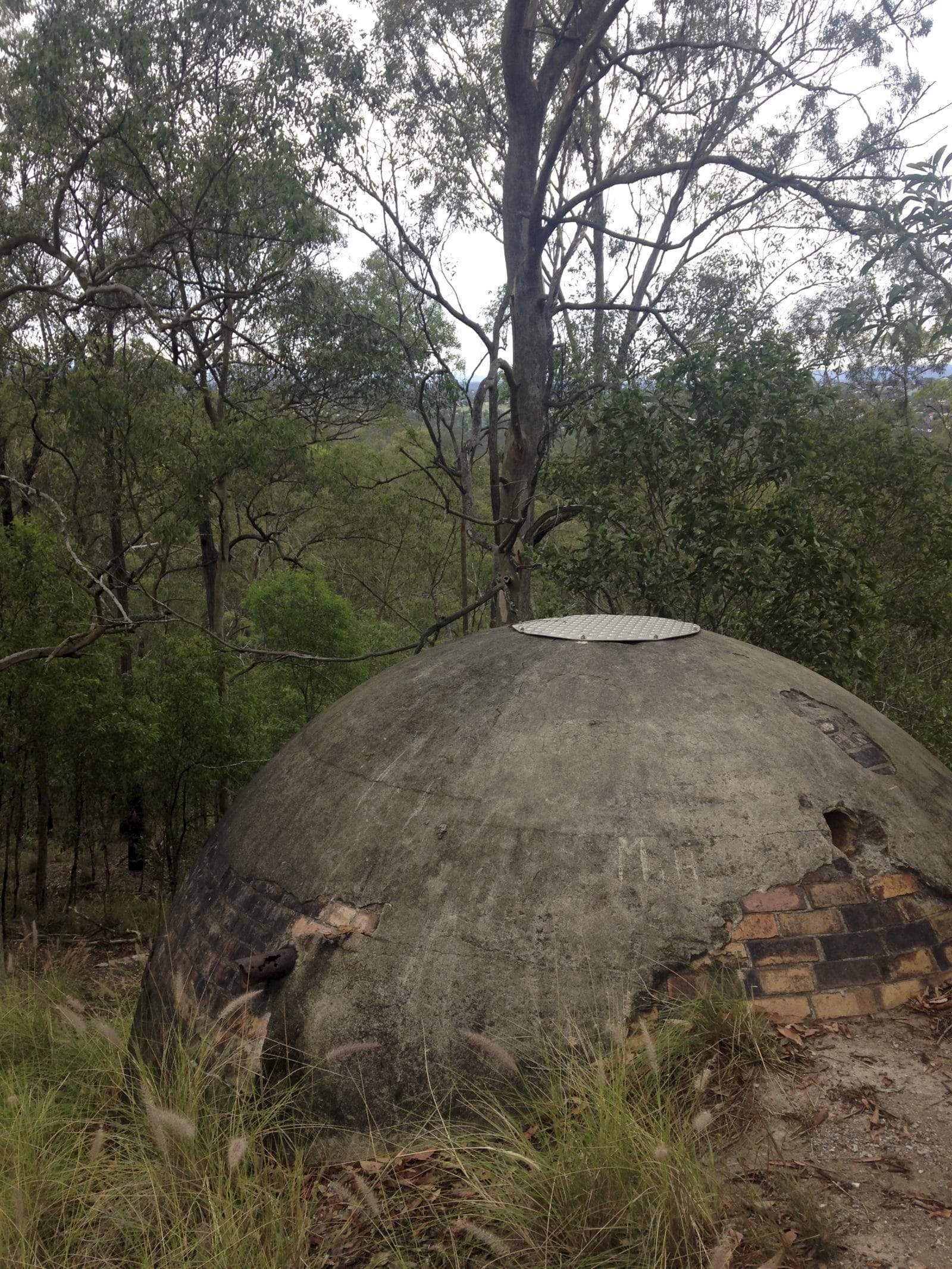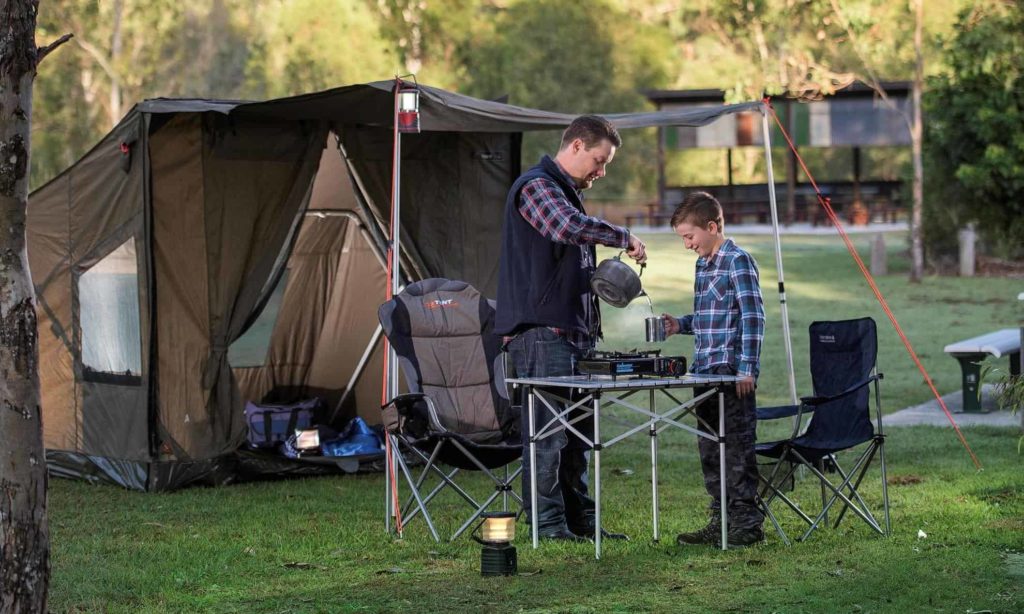Memories and mementos
The legend of Blackstone Castle
I first heard the legend of Blackstone Castle when I was fifteen and my Nanna had joined the local historical society. So, with our imaginations full of visions of turrets and drawbridges my grand parents and I headed to Blackstone where we took a walk up the hill in search of the lost castle.
We wandered up a dusty track and reached the summit of the hill to find…well, not very much actually, just a single half-collapsed brick wall and some rusty old car bodies. Not exactly the Welsh castle I had been imagining, but intriguing none the less. Skip forward (cough) twenty odd years. I’ve been to Wales and back, I’ve seen a few castles but I am still just as fascinated about our “castle”. How did Ipswich have and lose a castle, who built it, what’s really left of it?
History
Fortunately for me, in 2015 the Ipswich Art Gallery held an exhibiton “Brynhyfryd – lost castle of Blackstone Hill” which bought together a collection objects from Brynhyfryd, including decorative objects, furniture, family heirlooms and other parts of the building retrieved from demolition. The exhibition also featured photographs of the building in its glory days and was accompanied by a history of its rise and fall.

An audio documentary was created especially for the exhibition and can be found here. Wandering around the exhibition and talking to other visitors, I heard rumours that there was more to find on the hill than I had discovered as a teen.
The area today
So one fine winter morning, some friends and I took a drive to Blackstone Hill and went exploring. I’ve got to say that the site has been significantly tidied up since I was last there as a teenager. In fact, in 2014 the site was acquired by Ipswich City Council for $1, effectively a gift of land to the city from Juxgold Group/Blackstone International Pty Ltd.
Since purchasing Castle Hill, Council have reinvented the site with 16km of mountain biking trails, 4km of walking trails and new historical markers pointing out the previously hard-to-find remains of the castle and surrounding mine workings.

It’s a pretty easy walk up the hill, though I’d recommend good shoes, a drink bottle and hat and visiting either in winter or early in the morning if it’s summer as it can get pretty warm up the top. There are some information boards as you make your way along, which mark points of interest and detail some of the history of the mines and the building of Brynhyfryd.
Up top, you’ll find a marker pinpointing the former location of what was once one Ipswich’s most imposing buildings and make sure you carry on over the other side of the hill where you’ll find the original water tank nestled into the hillside and a brick staircase, which led down to the gardens. The brick wall I’d found all those years ago with my grandparents turns out to have been the remains of the old dairy and still stands at the far end of the walking track.
More info
Brynhyfryd (which is Welsh for ‘pleasant hill’) was built in 1891, a mansion for coal mining magnate Lewis Thomas. Thomas immigrated to Australia in 1859 hoping to make his fortune in the gold fields but ending up instead in the Redbank coalmines. In 1866, he went into partnership with Mr J. Thompson and started his own coalmine in Blackstone, which later became known as the Aberdare mine.
Brynhyfryd was composed of forty-nine rooms over three levels and was crowned with a tower, from which it was claimed you could see the coast on a clear day. On the ground level were servants’ quarters, the kitchen, dairy, bathrooms and dining rooms. On the second floor was a large library, music room and guest quarters whilst the family bedrooms were located on the third floor. With an hydraulic water powered lift, inside toilet and a generator to run electric lights Brynhyfryd had all available modern conveniences.
The grounds were planned out with formal gardens, stables, gardener’s cottage and greenhouse along with vegetable gardens, dairy cows and chickens meaning there were quite self-sufficient, providing food for themselves and their servants. In 1930 the last remaining member of the Thomas family, Mrs Thomas, died at the age of 93.

Rylance Collieries purchased the property for the coal deposits in the ground beneath the mansion and put the grand house and its contents up for auction. There are reports of garden edgings, furniture and even bricks being purchased, distributed and reused throughout Ipswich and further afield. A great example of this can be found at the Blackstone Welsh Church at the base of Castle Hill.
Here you can find Brynhyfryd’s front door used as the internal entry to the church alongside original tiles from the mansion, as well as a fireplace surround used to create an honour board and a piano, which had been kept as a family heirloom before it too was donated to the Church in 2012.
Although it stood for less than fifty years, Brynhyfryd or ‘Blackstone Castle’ left a lasting legacy on the city of Ipswich and a trip up the hill is a must for any lovers of local history.





